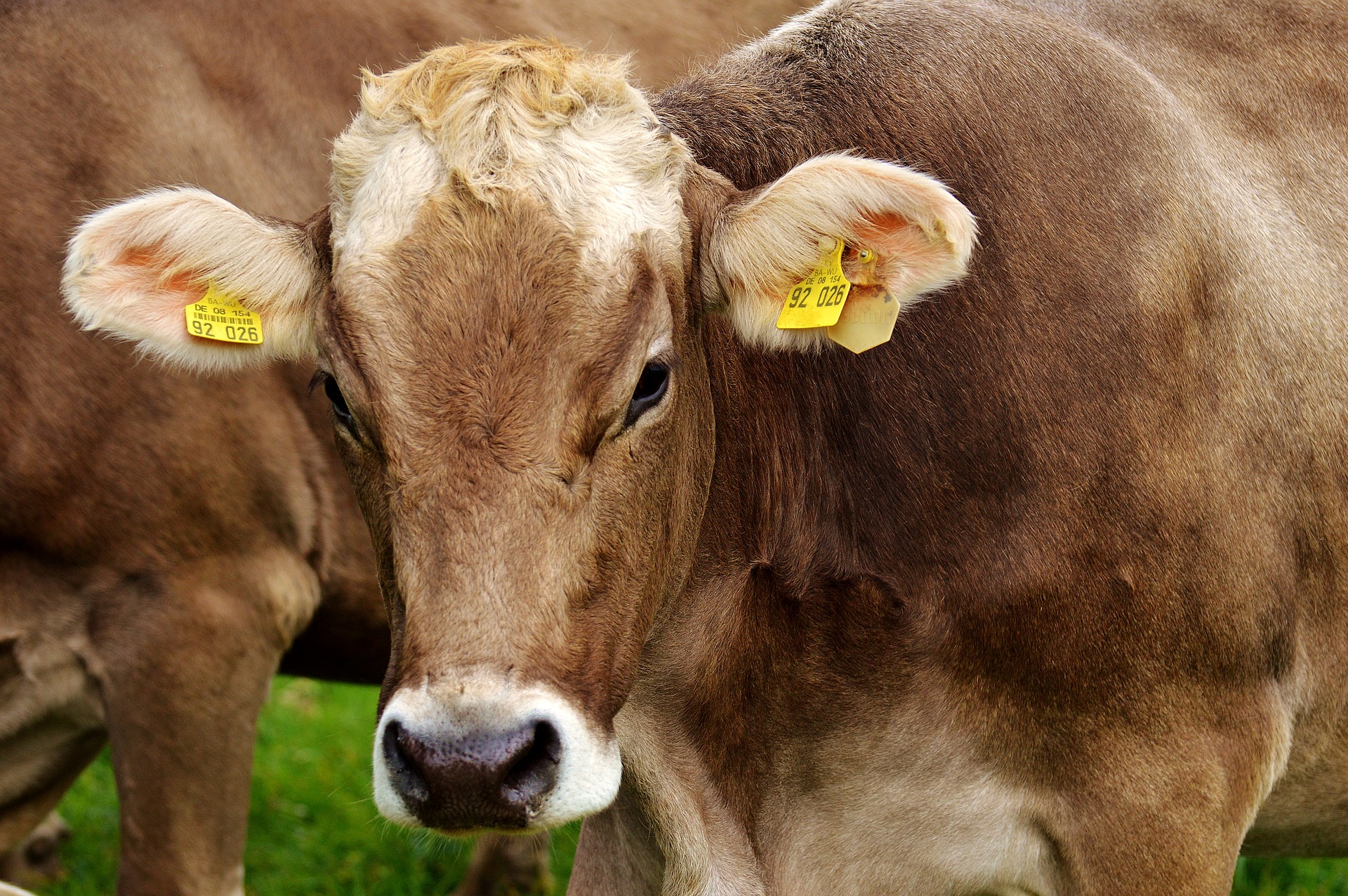Home > Ohio > Ohio Technology > Ohio Heifer Center Researches for the Future
Ohio Heifer Center Researches for the Future
In partnership with: Ohio Department of Agriculture

Robotic machines milk cows. High-tech electronic tags track the eating habits of cows down to the bite. And a manure recycler saves more than half of a million dollars annually in bedding.
Manager Paul Detwiler likes to call the Ohio Heifer Center an ordinary dairy farm doing extraordinary things.
“We’re fairly unique because of our aggressive nature in not only adopting technology but creating technologies that will be useful to the industry as a whole,” says Detwiler, general manager of the farm in South Charleston. “We have the good fortune to be able to actively research things that will be important to the future of our industry.”
The Future of Feeding
The Ohio Heifer Center focuses on research and genetic development for its Texas-based owner Sexing Technologies/ STgenetics, a worldwide leader in livestock reproduction services for cattle, horses, deer and swine. The farm’s current research focuses on feed intake and feed efficiency under the brand name of EcoFeed.
The farm’s cows and heifers rotate through data collection wearing high-tech electronic tags. Those tags identify the animals to the farm’s computer system, which tracks how long individual animals eat at the feeding trough, how long they take to fill their mouths, how long it takes for them to chew and how soon they lie down and process their food. Managers compare that feed intake to the animal’s output, measuring growth for each calf and heifer, as well as milk production from each cow.
See more: How Ohio’s Nutrient Management Tools are Helping Farmers
“While that may not seem important, in certain management styles around the world, animals may have a limited time to eat,” Detwiler says. “So, if you can identify those that eat faster, process the food faster and eat less while still delivering the desired outcome, it creates a more efficient and profitable herd.”
The farm then multiplies the high-performing EcoFeed female cattle through reproductive techniques, including embryo transfer, the process of generating and obtaining embryos from a cow. Most of the farm’s cows also wear an accelerometer, which measures body temperature and movement. The device helps the farm study reproductivity of its herd, alerting managers to habit changes that indicate a phase in a cow’s reproductive cycle.
Multipurpose Manure
The 5,500 cows and heifers that occupy the Ohio Heifer Center’s free-roaming barns create a lot of “material,” namely manure mixed with sawdust bedding.
A few years ago, the farm invested in technology that takes a composted mix of manure and bedding and dries it for reuse in the barns. Before this recycling unit, the Ohio Heifer Center had spent $700,000 a year on bedding and sold the manure to local farms for fertilizer. Some of the raw manure still goes to local farms, but most of it now gets recycled, dried to produce a product that resembles sawdust bedding, only darker. Detwiler says the system paid for itself in two and a half years.
See more: Keeping Ohio’s Food Safe

“The big advantage is from an animal welfare standpoint,” he says. “This is more than recycled manure. It’s heated to 600 degrees. It’s pathogen free. You can call it manure, whatever you want, but it’s basically pathogen-free bedding material that I put down for my cows, and the cows love it.”
Meanwhile, the drying process produces a highly concentrated, carbon-based byproduct called biochar. Often used as a soil amendment, biochar also possesses specific filtration properties. The Ohio Heifer Center has partnered with AbTech Industries, developer of the oil-absorbing Smart Sponge, with hopes to create a product that captures nutrients, such as phosphorous, from leaving farms through field tiles.
“We’re really excited about what the future holds for biochar’s use in water filtration,” Detwiler says. “We’re hoping to get to a product that an everyday farmer can use.”




